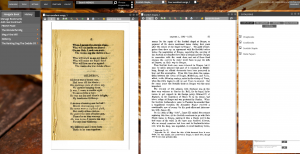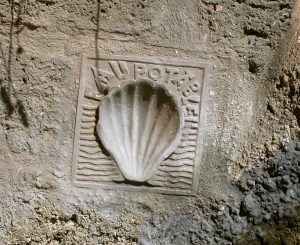The application we developed as TannerRitchie Publishing’s historical database ‘Medieval and Early Modern Sources Online’ served as the framework from which we developed MEMSO Shell.
The use of the word ‘shell’ has a number of different meanings that we think make it particularly appropriate for the product:
- MEMSO Shell is ’empty’ platform – or shell – into which you can place your own content.
- In computing, a ‘shell’ is user interface that provides simplified access to complex functionality. In other words, a software ‘shell’ is a way to make powerful operations appear simple.
- For historians, the scallop shell has a history since the middle ages as a symbol of pilgrimage, adopted first by pilgrims to Santiago de Compostella in Spain. Our ‘pilgrim’ shell can perhaps be viewed as a symbol for people who make journeys and pilgrimages in the historical past.



